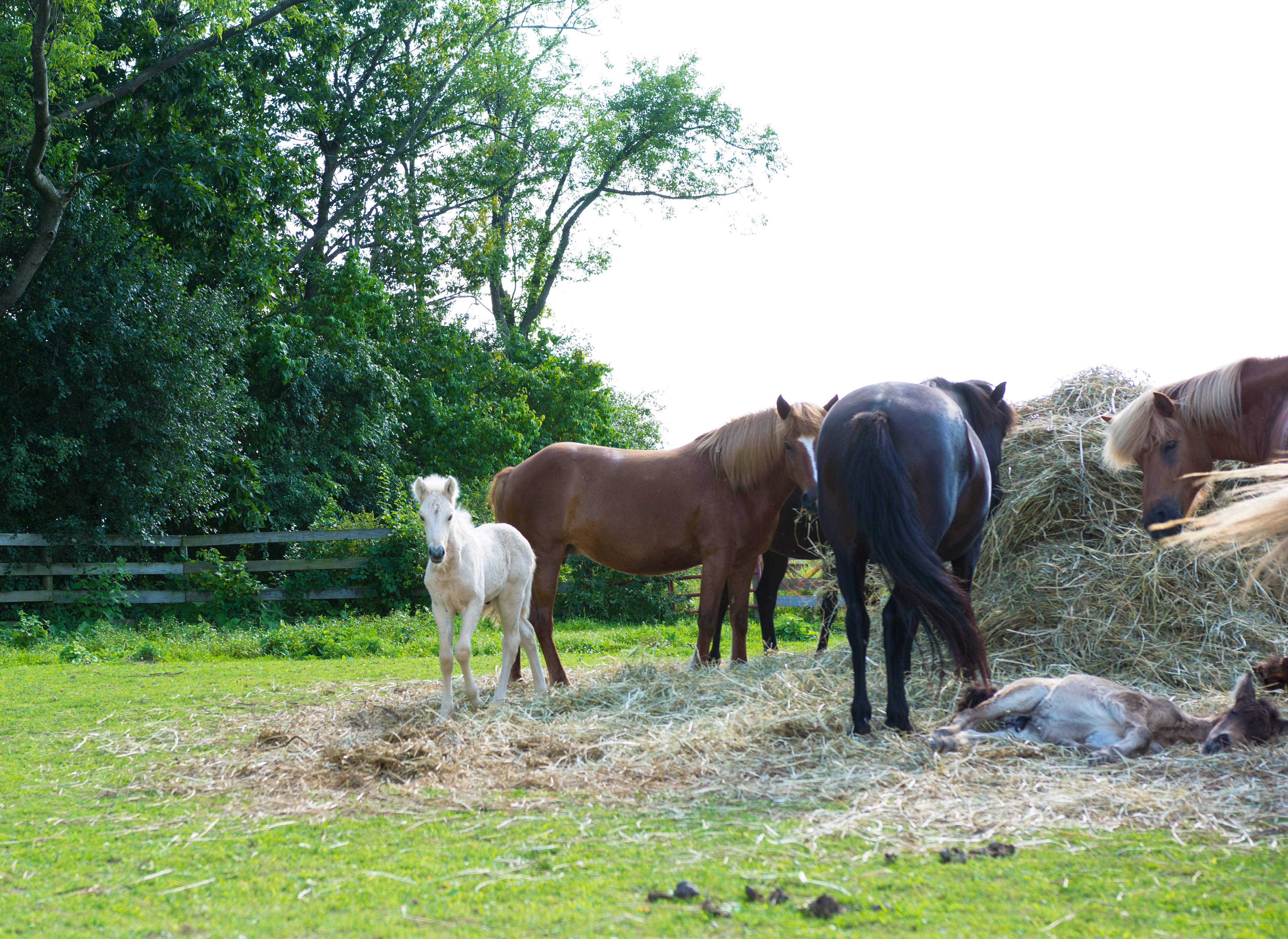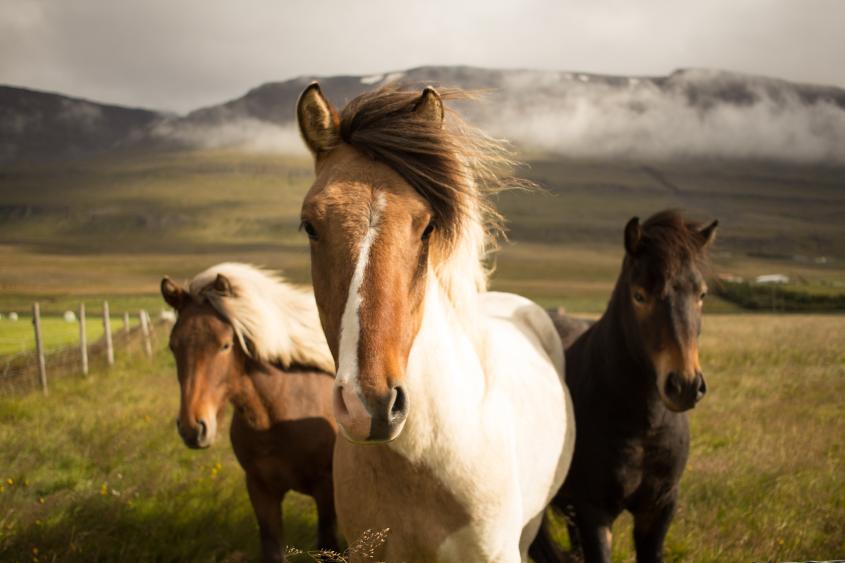Cornell scientists uncover unusual genetic diversity in Norse horse
When the Vikings brought a few hardy horses to a remote Arctic island free of pests and pathogens, leaving them alone for a thousand years to breed, evolve and endure natural disasters – the resulting genetic diversity in today’s herds was the opposite of what scientists at the Cornell University College of Veterinary Medicine had predicted.
“We found a highly unexpected level of heterozygosity and genetic variation in the Icelandic horse breed,” says Dr. Doug Antczak ’69, the Dorothy Havemeyer McConville Professor of Equine Medicine in the veterinary college’s Baker Institute for Animal Health. “This is not the norm in many other horse breeds.”
In a study published in journal Genes & Immunity, researchers in Antczak lab discovered this remarkable level of genetic diversity in a specific genetic region — that of the major histocompatibility complex (MHC), a set of genes coding for cell-surface proteins that help identify foreign molecules. These genes are ubiquitous in vertebrates, and play a key role in adaptive immunity.
Antczak has devoted a good portion of his career to studying the MHC. “I was just fascinated by it,” he says. “When I began studying this for my Ph.D., very little was understood about it at that time.” Fast forward to current day, and much is now understood about MHC — including the full genomic structure and polymorphism of the equine MHC region. As a result, scientists have the ability to test the makeup of an individual horse’s MHC genes, including what copies of MHC genes a horse received from its parents. Many horse breeds, such as the Thoroughbred, have relatively little MHC genetic diversity, as a result of over 100 years of intense selective breeding by horse breeders.

The Icelandic horse, meanwhile, could not be more different from the Thoroughbred. This tough, multicolored equine breed evolved on the remote island of its namesake, descended from Viking steeds that arrived in the year 1000, with no further introductions of new horses since that time. The breed has endured several population crashes due to natural disasters, which often causes extreme declines in genetic diversity due to the drop in numbers.
To top it off, Icelandic horses also evolved untouched by most major equine pathogens and biting flies — all elements that are thought to shape and shift the MHC complex to mount adaptive immune responses to such foreign assaults — and, in theory, drive greater MHC diversity as some animals developed immunity advantages over others.
Given the breed’s unique set of evolutionary circumstances, Antczak and his research team, then-undergraduate research fellow Camille Holmes and graduate student Nathaniel Violette, D.V.M. ’18, wanted to examine MHC diversity of the Icelandic horse.
To do so, the group obtained samples from the Ithaca-based herd of Icelandic horses belonging to their CVM colleague, Dr. Bettina Wagner, chair of the Department of Population Medicine and Diagnostic Sciences, as well as Icelandic horse biobank samples from University of Iceland colleague Dr. Vilhjálmur Svansson. Each herd comprised related individuals: a stallion, several mares and their offspring. Using blood samples from each of the total 156 horses, the team identified and categorized each horse’s MHC geneotype.
Their results were surprising; all but one of the horses was heterozygous for MHC, meaning they had mismatched pairs of the MHC genes. Additionally, their MHC samples yielded 79 unique haplotypes (a set of DNA variations that are inherited together), which is a remarkable level of diversity for one gene group.
“The full extent of MHC haplotype variation in the entire Icelandic horse population horses is unknown, but conceivably could number in the hundreds,” says Antczak. “This was unexpected. It has led us to believe there is a genetic shuffling mechanism in place to drive this diversity.”
That mechanism, they pose, is a place in the chromosome where the genes physically cross and break off, forming fresh new combinations — known as ‘recombination’ in geneticist speak. Antczak and other horse geneticists believe the MHC may be a recombination hot spot in the horse genome, keeping those genes fresh even in the face of diversity-diminishing circumstances such as natural disasters or remote islands.
“This discovery illuminates how integral MHC diversity is to a species’ survival,” says Antczak. “In the case of Icelandic horses, the animals have evolved a mechanism to ensure that these genes continue to remix and refresh.”
-By Lauren Cahoon Roberts






